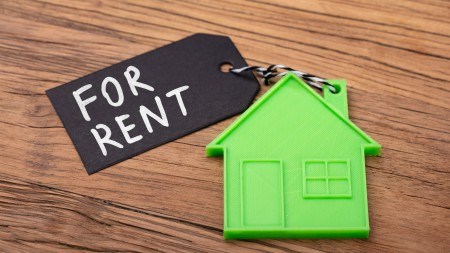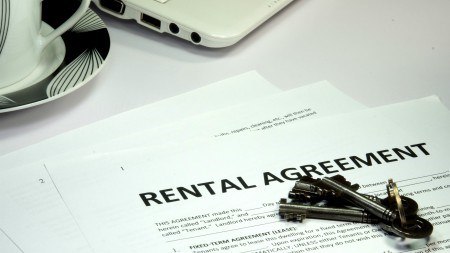Landlords and tenants often disagree on who is liable for repairs or damages to a rental property. The best way to avoid conflict is to have a thorough inspection report done.
Many a time, landlords and tenants have butted heads when it comes to the move in/move out inspection. “Either party may try to remove themselves from responsibility for any problems or damages,” says Natalie Muller, Head of Rentals at Jawitz Properties in the Western Cape and Gauteng. “The best way to avoid any conflict or dispute, however, is to have a thorough inspection report done when moving in, renewing or renegotiating a lease, and when moving out.”
If a landlord opts to use a managing agent for the rental of his or her property, the inspection process can be easier as the agent is not emotionally involved and will certainly have concluded an in-depth inspection report in the interests of all parties.
A good inspection report should adequately document the following;
- Any nails in a wall
- Any defaults, defects, or marks/stains
- Any particular fittings or features and their condition
- Photographic evidence of any faults, as well as the general state of the entire property
“By taking photographs to correspond with a written description on any of these factors, it makes it near impossible to dispute the condition of anything within a rental property, provided the photos are clear,” Muller adds.
Keep in mind that some tenants might accept small faults if they don’t make it difficult to live in a property, but whatever the condition, it must be documented as a detailed - and accurate - inspection report, helping to manage expectations and keeping the situation honest and fair.
Muller says that tenants are obligated to inform landlords, or managing agents on behalf of a landlord, about any issues that come up in the lease period. “Landlords need to be given the opportunity to make any repairs to their property, however they are not obliged to make cosmetic repairs. If a landlord or agent has no idea about a damaged wall, for example, the tenant can be held liable for the repair costs, even if the damage is not the tenant’s fault.”
A tenant has seven working days after taking the keys of a rental property, usually post-paying the first month’s rent and deposit, to inform the owner or the agent of repairs needed at the property or of anything that was not mentioned in the ingoing inspection. “Any changes must then be added to the inspection report,” Muller says.
Foreign landlords, or those who cannot often visit their properties should really have a managing agent to assist them. “Those who prefer not to use an agent, or those who can visit their property, should do so on an adhoc basis within the period of the lease, and must of course do an inspection at the time of renewal. It is very important that a property be checked up on at least once annually to make sure the condition is still the same, and that only fair wear and tear has occurred,” says Natalie Muller.
Wear and tear can be a tricky business, making the inspection report all the more essential. “To assess how a tenant might become liable would be to look at a new carpet, for example,” Muller says. “If a brand-new carpet with an estimated lifespan of 20 years is installed for R25 000, this could be recorded in the report at R1250 of depreciation per year, by dividing the cost by the lifespan. So, if a tenant on year four moves out and has left a huge stain on the carpet, which is clearly not just wear and tear, the tenant would be liable for a R20 000 carpet replacement. Photographs of the carpet at the time of moving in can become quite valuable at this stage. Comparing these to the photographs of the condition of the property at the move out inspection assists in the verifying of the claim.
Home improvement
Tenants may also make additions to a property if the landlord approves them in writing, and depending on what these are, in some cases tenants are expected to bear the costs to restore the property to the same condition as when they moved in, or to leave any improvements made behind when they move out, with no compensation. “The tenant must return the property to the landlord in the same state as the tenant received it,” Muller adds. “The deposit is used to cover any repairs that the tenant may be liable for.”
If the deposit does not suffice, however, to cover any damages, excess claims will have to go to the relevant small claims’ court. The report can go into as much detail as you like – and really should if a furnished property is being rented out.
“A qualified, respectful tenant who maintains your home can go a long way, and an inspection report is the ultimate supporting document protecting both landlords and tenants under any circumstances,” Muller concludes.




